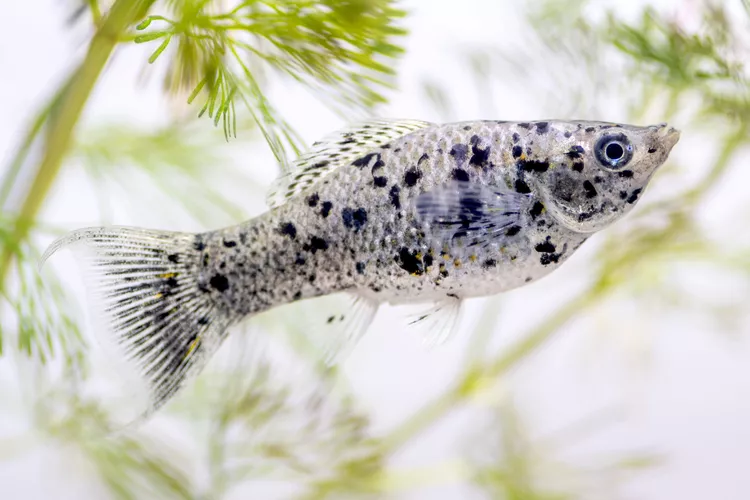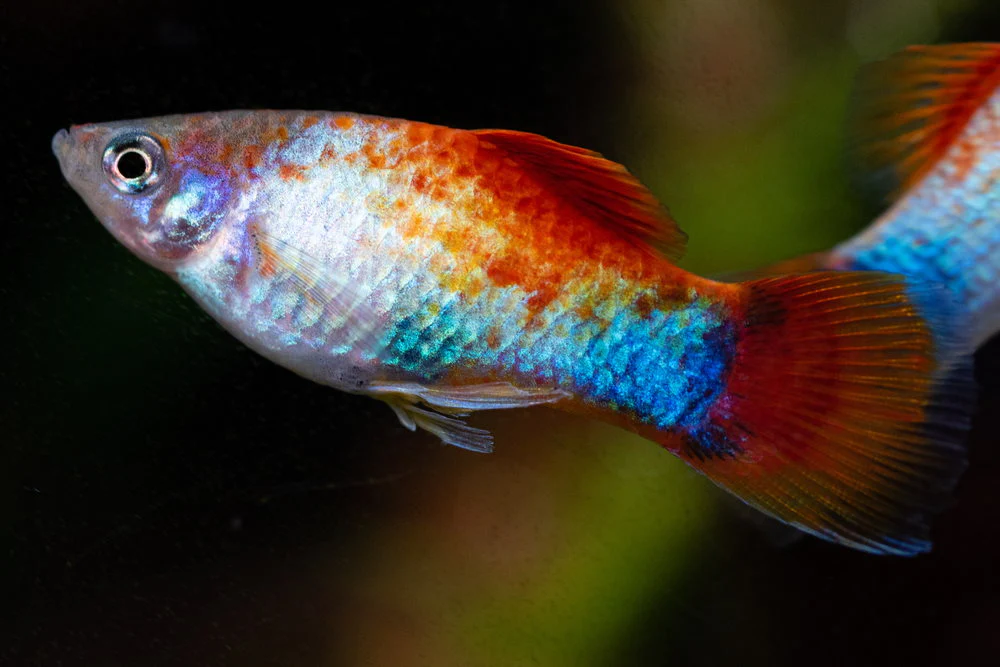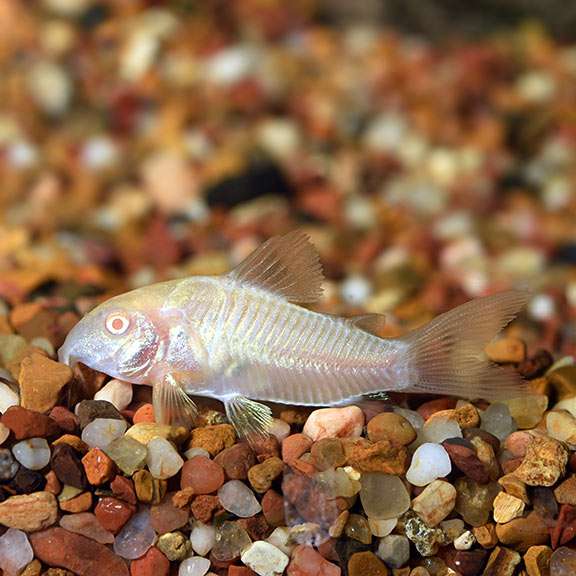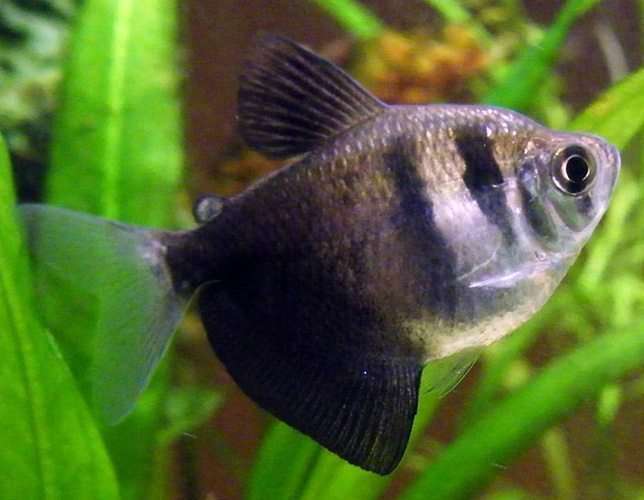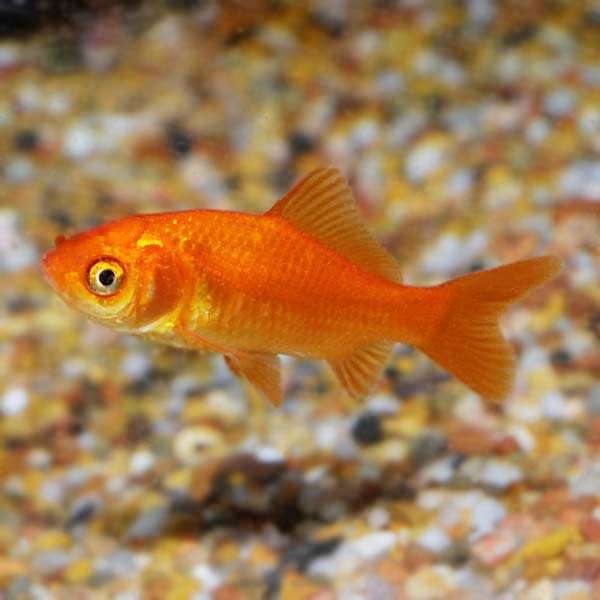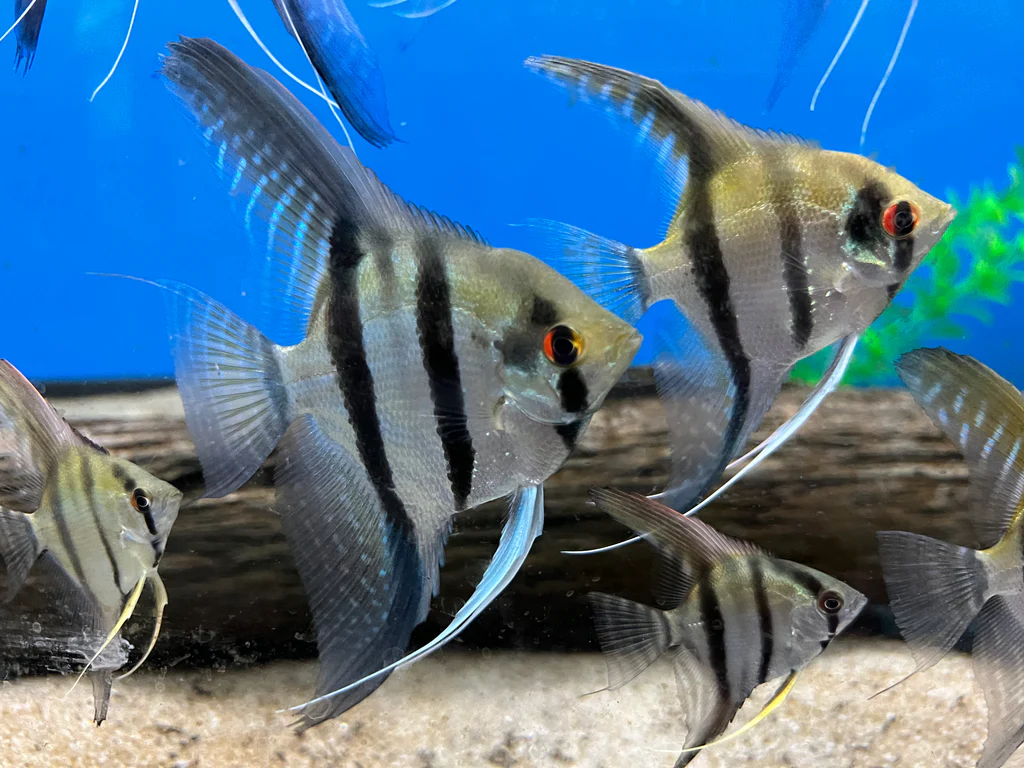Dwarf Gourami
Size 2.5 inches. Physical Appearance and Habitat Being Labyrinth Fish, they require the ability to ascend to the surface in order to breathe. Demand for this breed’s powder blue, flaming scarlet, and rainbow-patterned variations is high. They have a low chance of dying young and don’t require much help to survive for at least four […]




